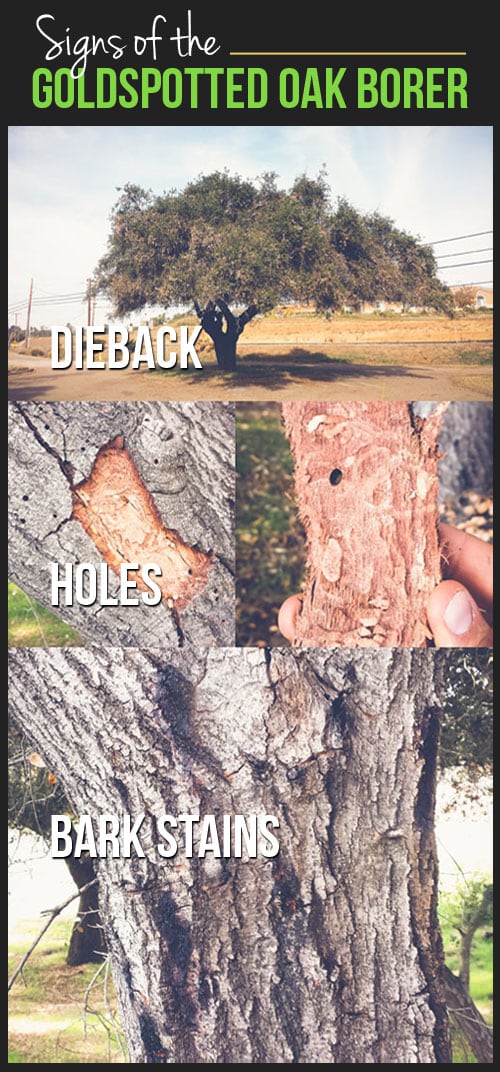When it concerns seasonal tree treatment, making certain correct administration prior to and after removal can substantially influence the wellness and aesthetic appeals of your landscape. By comprehending the necessary actions associated with assessing tree wellness and preparing for removal, you can proactively secure your residential property. Yet what about the vital techniques to follow once the tree is gone? Remain tuned to discover the essential post-removal care measures that will assist you grow a successful and lasting environment for your trees.
Pre-Removal Tree Care
Prior to resolving the elimination of a tree, it's important to prioritize pre-removal tree treatment. Beginning by examining the tree's health and structural honesty. Look for signs of illness, insect problems, or any kind of structural problems that may position a safety risk during elimination. It's important to speak with a qualified arborist to identify the most effective strategy.
Trimming dead or unhealthy branches can stop additional damages to the tree and ensure a smoother elimination process.
In addition, consider the environmental impact of getting rid of the tree. Trees play an important role in our community, so planting a brand-new tree in an ideal place can help counter any loss. Make sure that you have the required licenses and permissions for tree removal, particularly if the tree is safeguarded by neighborhood guidelines.
Seasonal Maintenance Tips
Evaluating your tree's demands throughout the year is critical for its health and longevity. To maintain property manager maintenance in top problem, adhere to these seasonal upkeep suggestions.
In spring, focus on trimming to remove dead or broken branches and urge new development.
Summer asks for routine watering, especially throughout droughts, to ensure your tree stays hydrated.
As fall strategies, keep an eye out for very early indicators of illness or anxiety, and think about using mulch to protect the origins during winter months.
In winter, be cautious when eliminating snow from branches to avoid damage, and remain to check your tree's overall health and wellness.
Keep in mind to change your care regular based on the particular demands of your tree types and local environment. By remaining mindful and positive throughout the periods, you can aid your trees flourish and flourish for many years ahead.
Post-Removal Tree Treatment
To make sure the health of your landscape also after tree elimination, proper post-removal treatment is important. After a tree is eliminated, it's critical to load the continuing to be opening with topsoil and portable it to avoid settling. This will certainly aid maintain the stability of the ground and prevent prospective threats in the future.
Think about planting https://killingatreewithbleach17394.blogsvila.com/31334607/do-you-understand-the-hidden-dangers-positioned-by-neglecting-tree-debris-removal-explore-exactly-how-timely-maintenance-can-shield-your-residential-property-and-elevate-its-general-look -new plants instead of the removed tree to bring back the equilibrium and appearances of your landscape. Frequently water the area to advertise the development of brand-new plants and avoid soil erosion.
Check the bordering trees for any type of indications of condition or tension that might have been caused by the removed tree. Watch out for pests that might've been attracted to the previous tree and take safety nets to protect the continuing to be plants.
If necessary, consult with a professional arborist to evaluate the effect of the removal on the surrounding trees and establish any type of added treatment required. By following these post-removal care steps, you can ensure the ongoing health and beauty of your landscape.
Final thought
Finally, positive seasonal tree care is important for keeping the wellness and balance of your landscape. By examining tree health and wellness, trimming, and talking to an arborist before elimination, you can make certain a secure process. After removal, filling up the hole, planting brand-new plant life, and regular watering will promote new development and avoid erosion. Remember to inspect bordering work growth for disease and look for further treatment measures from an arborist to keep your landscape thriving.
